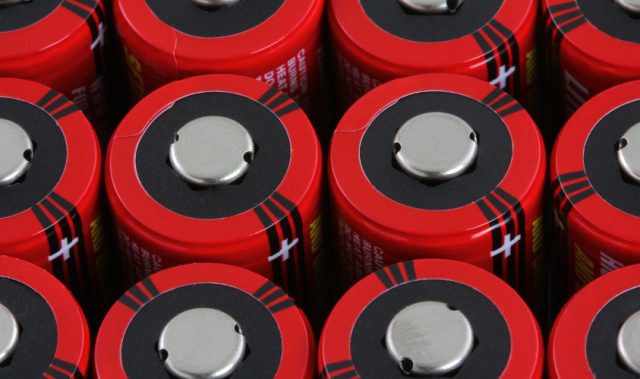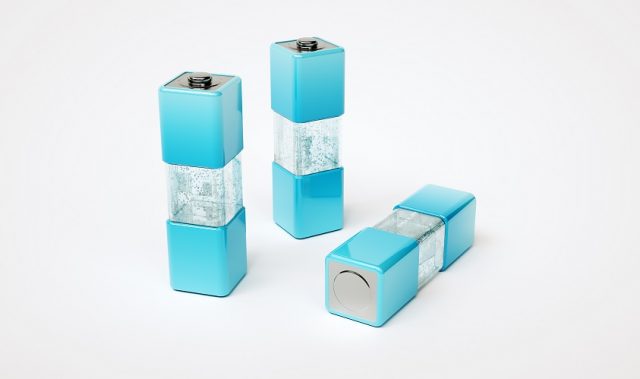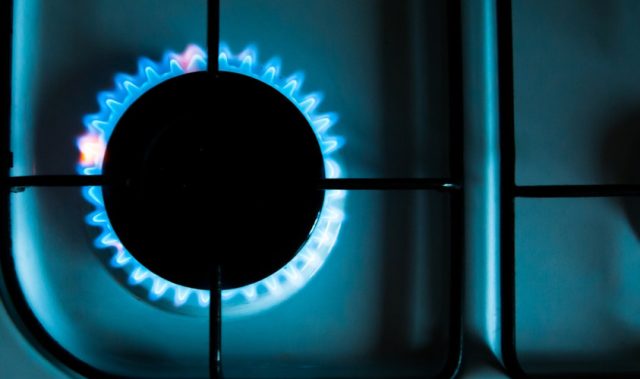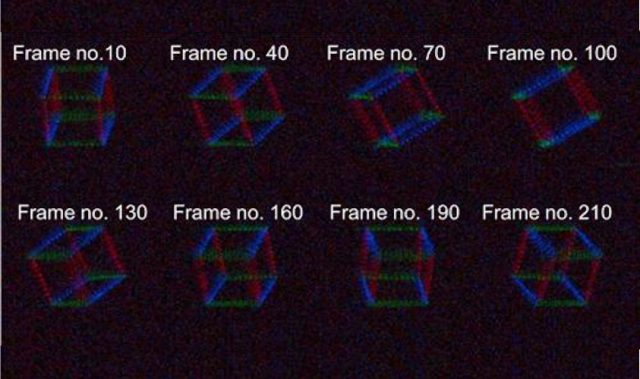
AsianScientist (Apr. 30, 2018) – A research team at the Korea Advanced Institute of Science and Technology (KAIST) has developed sodium ion batteries (SIBs) containing copper sulfide anodes which enhance the batteries’ performance and durability. Their work is published in Nature Communications.
Many electronic devices rely on lithium ion batteries. Although they are popular, lithium ion batteries are difficult to scale up in large-capacity energy storage systems as they require the use of expensive materials. SIBs have since attracted attention as alternatives to their lithium-based counterparts, especially since sodium is abundantly available in seawater.
However, one main obstacle to the commercialization of SIBs is the lack of suitable anodes that exhibit high capacity while maintaining the cycling stability of the battery. Hence, the research team led by Professor Yuk Jong Min and Emeritus Professor Lee Jeong Yong of KAIST sought to identify and incorporate an anode material that could offer high electrical conductivity and theoretical capacity. They found that copper sulfide preferentially forms an alloy with sodium, which makes it a promising material for use in batteries where high capacity and long-term cyclability is necessary.
Compared to the existing anode materials, the copper sulfide anode had 1.5 times better cyclability while costing 40 percent less to manufacture. The researchers also showed that copper sulfide undergoes crystallographic tuning to make room for sodium insertion. Furthermore, they found that SIBs containing copper sulfide anodes retain 90 percent of their original capacity for 250 charge-discharge cycles.
“These days, people are showing a great deal of interest in products related to renewable energy… This study may give Korea a headstart in [the creation of] renewable energy products,” Lee said.
The article can be found at: Park et al. (2018) Atomic Visualization of a Non-equilibrium Sodiation Pathway in Copper Sulfide.
———
Source: Korea Advanced Institute of Science and Technology; Photo: Pexels.
Disclaimer: This article does not necessarily reflect the views of AsianScientist or its staff.












